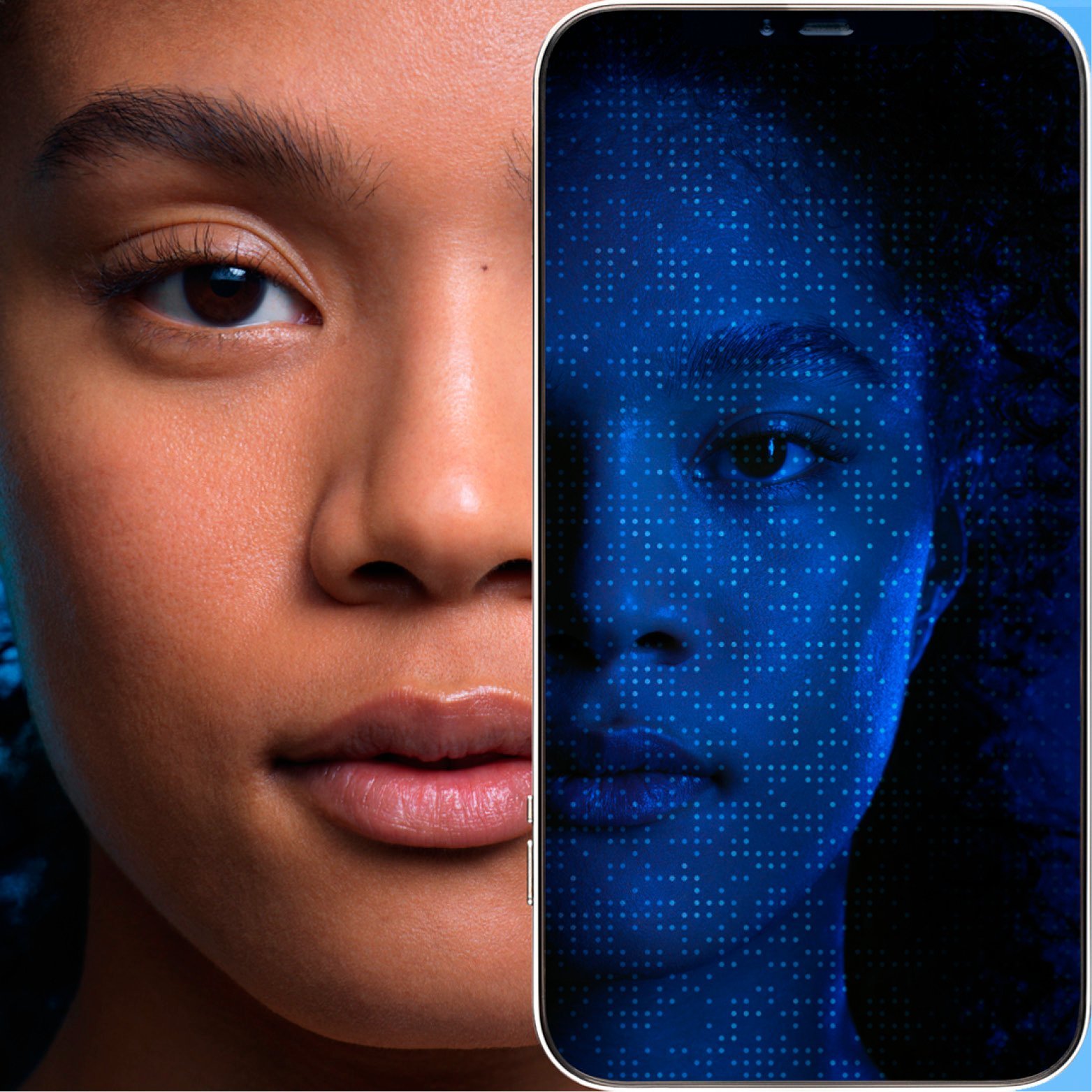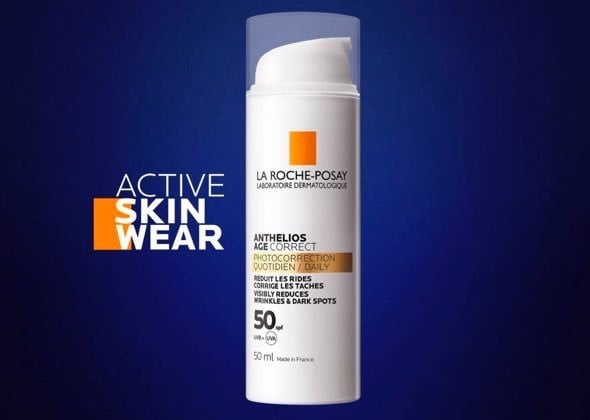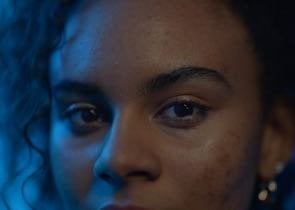Avoid
peak sun exposure
Know when UV radiation is most dangerous
When it comes to sunshine, it's possible to have too much of a good thing. The sun is at its most damaging between the hours of 11am and 3pm, so smart sun-lovers seek out shady spots during the middle of the day. In the park, sit under a tree. At the beach, lounge beneath a sun umbrella. On a café terrace, enjoy your lunch under the cooling canopy.
But ultraviolet radiation does not only come from up above. Reflection of the sun's rays further intensifies their effect. We all know that water reflects sunlight, but so does sand, white paint, concrete, and indeed any light or shiny surface. Snow is a super reflector; it almost doubles your UV exposure. It's also useful to know that UV levels are increased at high altitudes, such as in the mountains, and nearer to the equator.
So be aware that even in the shade, or up a mountain, or on a cloudy day, or in the middle of winter, you can still get an excessive dose of UV. If you can't avoid the sun when it's at its zenith, take extra precautions for yourself and your family by following the advice below.
Cover up
your body
Protect yourself from the sun with clothing, a hat, and UV-filtering sunglasses
When you're out and about, clothing is your first line of defence against harmful ultraviolet radiation. But not all clothing is created equal. Here are some things to bear in mind:
Fabric: Tightly woven fabrics provide the most effective shield against sun's rays. The looser the weave, the more UV can penetrate. Gauzy silks and muslins are less than optimal, and a lace dress will simply give you a patterned sunburn! Remember that the more you cover up, the more you are protected, so opt for long sleeves and longer trousers or skirts.
Some manufacturers have developed specific anti-UV clothing that comes with an Ultraviolet Protection Factor (UPF) rating. A garment with a UPF of 50 is a very safe sunblock – it allows only 1/50th of UV to reach your body.
Colour: Dark and intense colours such as black, navy, red, or emerald green, provide more UV protection than white and pastels.
Hats: To properly protect your face and neck from the sun, your hat needs a wide brim all the way around (at least 7.5cm), and a crown! So, just say no to baseball caps and sun visors.
Sunglasses: It's good to know that sunglasses standards are controlled across the EU. For optimal protection from the strongest sunlight, choose sunglasses that have CE approval in categories 3 or 4*. Make sure that your specs are a good fit – sunglasses that slide down your nose will expose your eyes to UV radiation, whilst if they're too tight they will give you a headache.
*NB Sunglasses in CE category 4 are the darkest, and are not safe for driving.
UNDERSTAND
SUNSCREEN
Know how to choose and use sunscreen for optimal protection
With so many different products, ingredients, SPFs, and formulations, choosing and applying sunscreen correctly can feel like a minefield. Here are some things to know:
Sunscreen vs. sunblock, what's the difference?
Technically, sunscreen ingredients absorb UV radiation before it reaches your skin, whilst sunblock ingredients create a barrier to physically block and deflect the sun's rays. Many broad-spectrum sunscreens contain both kinds of ingredients. To keep things simple, we refer to all of our sun protection lotions and potions as "sunscreen".
Sunscreen for UVA and UVB
The reason that we need different types of sun protection ingredients is that there are different types of ultraviolet radiation. UVB causes visible tanning, and also sunburn. UVA on the other hand is an invisible threat. You won't see its effects immediately, but in the long term UVA is responsible for skin ageing. Together, UVA and UVB are prime suspects in the cause of many skin cancers. Keep yourself and your family safe by choosing "broad-spectrum" sunscreens that provide both UVA and UVB protection all the way to long UVA.
What about SPF?
Sun Protection Factor (SPF) rates your sunscreen's efficiency in blocking UVB rays. For optimal protection from UVB, dermatologists recommend using sunscreen rated as 'high' – SPF 30+, or 'very high' – SPF 50+. EU approved broad-spectrum sunscreens also provide UVA protection, and will display the letters 'UVA' in a circle on the packaging. Make sure your sunscreen provides protection all the way to long UVA rays.
Click HERE for more information on UVA, UVB and long-UVA.
Use enough sunscreen
Most people simply don't use anything like enough sunscreen. What's the right amount of sunscreen? It's probably more than you think. An average-sized woman needs to use 36g of cream to cover her whole body. That is roughly two tablespoons, or one generous "golfball".
Keep your sunscreen topped up
Apply sunscreen 20-30 minutes before you go outside. Don't forget about your ears, the nape of your neck, your feet and ankles, and the backs of your hands. Job done? No! It is essential to reapply sun protection every two hours – more frequently if you're swimming or sweating a lot (even with a water-resistant formula).
Choose different sunscreen products for different situations
As any good builder will tell you, "to do a good job, you need the right tools". If you just buy a giant pump bottle of all-purpose sunscreen at the start of every summer you really might be doing yourself a disservice. Will you be carrying that big bottle in your handbag when you need a top-up? Is it a moisturising sunscreen for the sensitive skin on your face? Will it provide good protection if you've been swimming or exercising? The answer to all of those questions is probably "no".
If you don't have the right product for the situation, you're far less likely to use your sun protection as regularly as is recommended. It makes sense to pick out a few different sunscreen formulations that will suit your whole family’s wants and needs.
La Roche-Posay Laboratory has developed ANTHELIOS – a range of high and very high protection sunscreens. Our products encompass cream, gel, fluid, mist, oil, and stick formulations that complement your lifestyle and are tailored to different skin types: sensitive, oily and acne-prone, pigmentation-prone, babies and children... You will find everything from tinted sunscreens to everyday facial sunscreens to “wet skin” textures that can be applied straight out of the pool.
Know your sunscreen expiration date
That old bottle of sunscreen that's been gathering dust in the back of the bathroom cupboard since your last holiday – or was it the holiday before that? – has probably lost its protective powers. Here's a tip for keeping track of your sunscreen's expiration date: when you first open your product, grab a waterproof marker and write the date on the bottle or tube. You can then check this against the PAO* symbol on the pack.
*The Period After Opening symbol appears on all cosmetics packaging. It looks like a small opened jar, and it indicates how long the product can be kept after you've opened it.
PROTECT YOUNG CHILDREN
FROM DIRECT SUNLIGHT
Learn how to keep little ones safe from harmful UV
Children's skin is particularly vulnerable to the harmful effects of the sun. That's why paediatricians and dermatologists agree that babies and toddlers under 3 years old should have no direct sun exposure whatsoever. Follow a few simple strategies to protect your kids from long-term sun damage, for life:
- Avoid peak sunshine.
- Cover up with clothing, a wide-brimmed hat, and anti-UV sunglasses.
- Use a very high-protection broad-spectrum UVA-UVB sunscreen specifically formulated for infants.
- Most important of all, teach young children sun-safe behaviours that will last them a lifetime.
If your plans mean some sun exposure is inevitable, be sure to always have protective clothing at hand – this includes loose, long-sleeved tops, longer trousers, and swimming vests. After swimming, dry your little one with a towel, then re-apply a sunscreen specifically designed for children. This should be water-and-sand-resistant, and visible during application so you know you’re not missing any spots.
La Roche-Posay's ANTHELIOS DERMO-PEDIATRICS SPF 50+ range of products is formulated specially for infants and young children and includes “wet skin” formulas that can be applied straight out of the pool to keep protection constant.
For more information about teaching your kids sun-safe behaviours and how to protect children's delicate skin from the sun, click HERE.
The Aussies, who know a thing or two about the sun, coined the iconic slogan Slip, Slop, Slap: Slip on a shirt, slop on sunscreen, slap on a hat. Sun protection is simple, once you get the hang of it. And with the right protection you can enjoy the sun with complete peace of mind.








